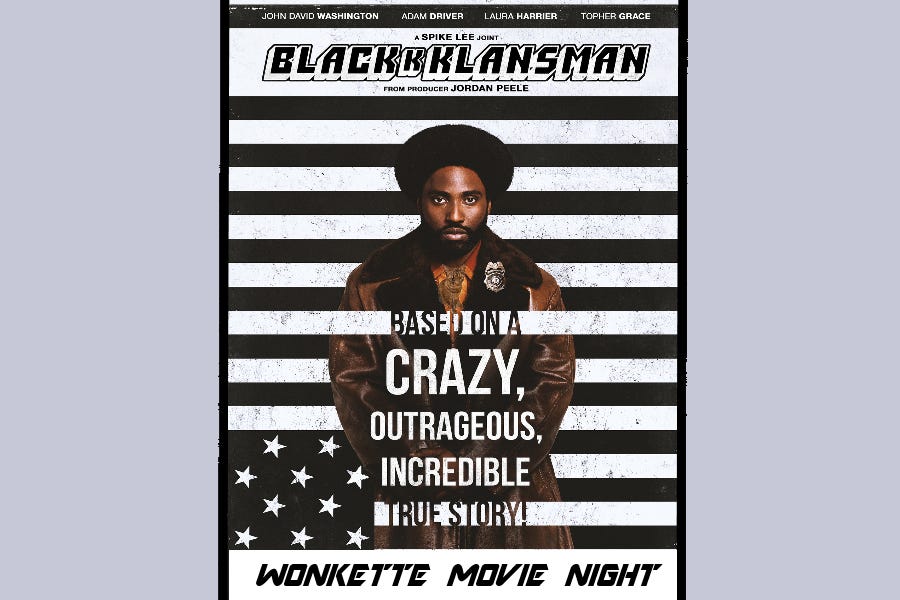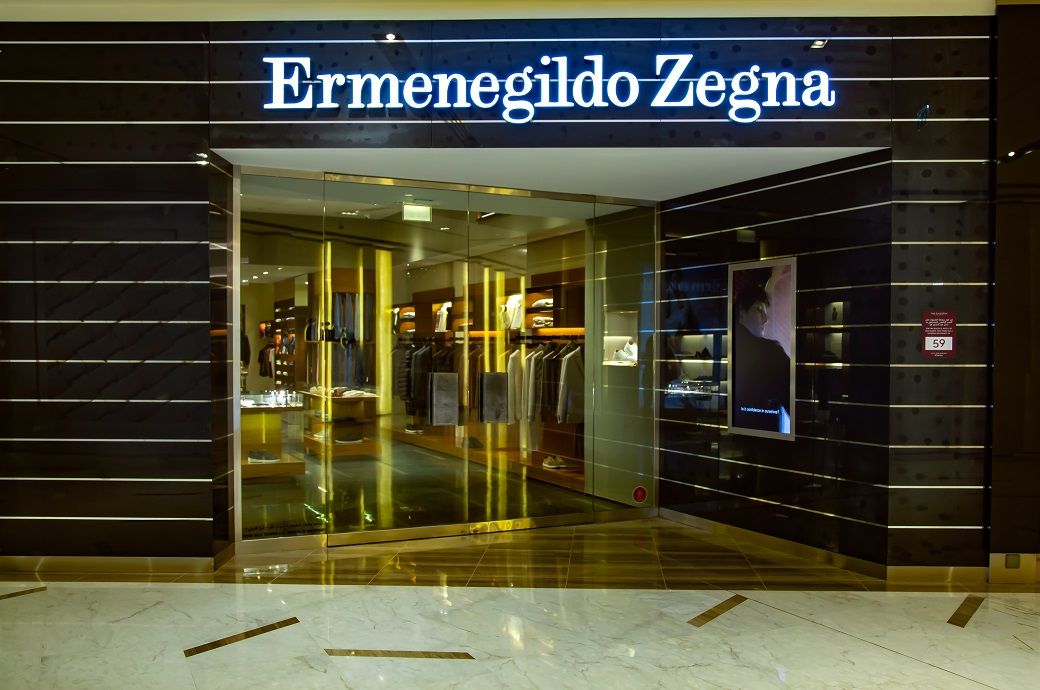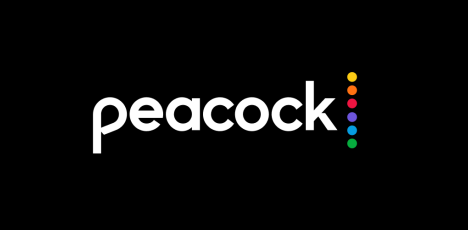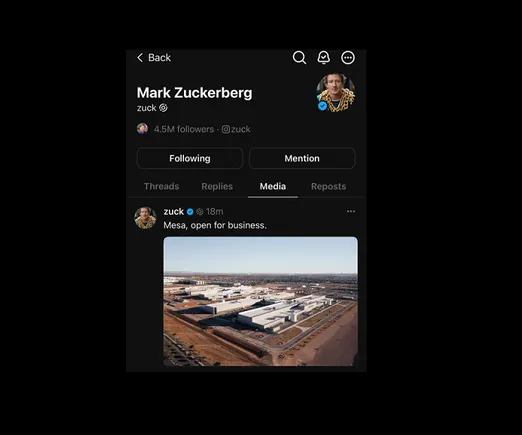Beginning in 1945 and for the next 63 years, newscaster Paul Harvey began his commentaries “And Now the Rest of the Story”, addressing what most of the media missed in a major story of the day. If Harvey were around today, he’d no doubt have a feast with the Saudi-backed LIV Golf and the PGA Tour where “the rest of the story” is the real story: For the first time, Saudi Arabia is having cash problems. And they know it.
The latest hint? Last weekend, Saudi Arabia broke ranks from OPEC+ cutting production in a desperate drive to raise falling global oil prices above $80 per barrel despite a true production breakeven of only $22 per barrel. They have been unable to move away from a petrodollar-based economy but that narrow source of funding has not allowed them to balance their budget this year amid expensive efforts at job creation, Yemeni war costs, failed investments, and costly infrastructure development. Sadly for the Saudis, no one followed their production cuts and they just continued to cut their own market share of falling-priced oil.
We’ve heard plenty about the potential strategic, business and financial benefits of the deal – as well as plenty about the challenging social issue paradoxes raised by the key role of Saudi Arabia, ranging from human rights; press freedoms and the 2018 butchering of the Washington Post’s Jamal Khashoggi; to the lingering overhang of 9/11 terrorists – not to mention huge gaps in player compensation, the intrusion of a foreign sovereign nation into U.S. sports in such dramatic fashion, and the PGA’s anxiety over U.S. antitrust litigation backed by Saudi-backed LIV Golf.
But sports writers, political journalists and even business analysts overlooked a crucial piece of the puzzle, which will become more important as the details of the preliminary arrangement are hammered out. There is a near-universal assumption that Saudi money is limitless and will continue to flow — a sentiment expressed most candidly by former President Donald Trump, who, in presciently predicting that LIV Golf would prevail some months ago, quipped “you’re not going to beat [the Saudis]. These people have great spirit, they’re phenomenal people, and they have unlimited money. Unlimited.”
But that assumption is far from safe. Despite the clichés of the opulent wealth of sheikhs, and its transitory, gaudy, free-spending ways, the facts are that despite its oil wealth, Saudi Arabia is approaching much deeper economic peril than most realize, and they need cash after years of massive investment losses and unprofitable pet-project spending.
It seems unbelievable to say the Saudis need cash while they throw billions into highly inflated golf contracts. But nobody, not even the Saudis, can keep burning through money-losing, grandiose pet-project spending forever. Financial overextension inevitably takes its toll. Not even the Saudis are impervious to the most basic law of business, which is to make, not lose, money. The magnitude of Saudi money squandered is truly breathtaking.
Mohammed Bin Salman’s ambitious Vision 2030 may be making some strides in social reform, but its “transformative” economic agenda has plainly fallen flat, with virtually zero economic returns on hundreds of billions spent. Take MBS’s flagship NEOM project, for example. While specifics are murky, by any measure billions have already been spent – some say up to $100 billion – with nothing to show for it other than piles of sand. Phase 1 alone of the planned $1 trillion plus project costs $319 billion, and since, quite reasonably, nobody else wants to invest in NEOM, the Saudis are basically footing the bill alone, even as foreign direct investment into Saudi plummeted 60% last year. Likewise, despite betting a whopping $1 trillion on diversifying its domestic economy into tourism and services, on top of bloated social welfare spending, the Saudi economy remains basically solely reliant on oil.
Outside of domestic spending, Saudi’s investment track record is just as profligate and pathetically bad. As one example of many, MBS, to much fanfare, tried to pivot Saudi’s economic drivers towards technology through a partnership between the Saudi Public Investment Fund (PIF) and Masayoshi Sun’s Softbank Group to launch the Softbank Vision Fund, with the Saudis as the largest investor — by far. That partnership has been an unvarnished disaster, with the Vision Fund losing a record $32 billion last year alone. Even Saudi cannot afford this level of profligacy; their much-ballyhooed sovereign wealth fund contains somewhere around $600 billion — still formidable, but not if they keep losing hundreds of billions on bad investments. This does not even include the many hundreds of billions burned on Saudi’s savagely mishandled war in Yemen.
These financially disastrous pet projects are already putting serious strains on Saudi coffers. Their desperation is readily apparent in their almost comical persistence in fighting a losing war to prop up falling oil prices over the last year, as oil remains basically the only driver of Saudi revenues.
Just days ago, the Saudis aggressively broke ranks with all the rest of OPEC+ in unilaterally cutting oil production by 1 million barrels a day — even as countries including the UAE had their production quotas increased and countries such as Russia blatantly violate quotas in pumping as much as oil as they can.
This follows several previous OPEC+ production cuts, all instigated and led by Saudi, which have failed to prevent oil prices from falling 50% since last year and 10% in 2023 alone. Even though Saudi has single-handedly sacrificed an overwhelming majority of the total 4.5 million barrels per day OPEC+ production cuts since October, with every other country trimming their production by no more than a few thousand barrels, that has not stopped intra-OPEC tensions from flaring, with other producers expressing their open desire to pump even more oil free from Saudi’s imposed constraints.
The Saudis are desperate to prop up oil prices because, though they have a physical breakeven cost of production of only ~$22 a barrel, their extravagant spending means that in order to bring the government budget into balance, they need a whopping $80+ price per barrel, and their advisers have apparently privately warned that the Kingdom needs even higher oil prices over the next decade to sustain its current bloated spending.
But Saudi’s quixotic quest to prop up oil prices is a high-risk strategy. As oil prices continue to fall, Saudi revenues are plummeting alongside Saudi’s market positioning, as it continues to cede market share to rivals. Previous oil crises have shown that once lost, market share is difficult, if not impossible, to recapture. In fact, Saudi is now producing less than 9 million barrels a day for the first time in a decade, amounting to merely two thirds of its production four years ago. Considering even Saudi’s erstwhile ally Vladimir Putin has joined in the race to step into vacated Saudi market share, it appears Saudi finances are mired in quicksand, if not completely lost in the desert.
This same Saudi leadership has shown dramatic, even brutal actions to raise cash before such as when up to 500 prominent wealthy Saudis were arrested in November 2017 with most held prisoner in the Riyadh Ritz Carlton. Detainees were tortured and released only after they surrendered much of their wealth. The Wall Street Journal reports that the government targeted cash and assets up to $800 billion with no public trials that linked the seizures to proven corruption, as the government claimed.
For all the focus on PGA’s motives in accepting the merger, in deal-making it takes two to tango. Amidst Saudi’s cash crunch, no wonder the Saudis backed off their warpath against PGA, implicitly conceding that their overpayments to golf talent were unsustainable and the outcome of their anti-PGA litigation was murky.
As the details of this shocking preliminary agreement get hammered out in the months ahead, it might be worth remembering that betting on sustained $100+ oil prices over an entire decade, without any cyclical downturns, is hardly a safe bet to take—but that is essentially what the near-universally-held assumption that Saudi money will continue to flow generously and limitlessly comes down to: an overlooked Saudi sand trap behind the golf treaty.
The U.S. brokered historic 2020 Abraham Accords, as advanced by Jared Kushner, were a miracle of peaceful diplomatic relations between Israel, UAE, Bahrain, Morocco and Sudan. Despite skepticism, the incentives behind that Gulf treaty were clear: the hope for peaceful normalized relations and shared economic prosperity. No one anticipated Saudi Arabia’s interest in a Golf Treaty and the Kingdom’s motives have eluded media discussion to connect the dots. For whatever reason the PGA is interested in this vague deal, the Saudis are not acting out of altruism either. But what else is new?
The post The Rest Of the Story: The Overlooked Saudi Sand Trap Behind the Golf Treaty appeared first on ChiefExecutive.net.























































![A Visual Guide to TikTok Ads Manager [Infographic] A Visual Guide to TikTok Ads Manager [Infographic]](https://imgproxy.divecdn.com/9aaKOtRQYId9gEIRIiE2AgLnRsoeG1xVqz6aJuMegTo/g:ce/rs:fit:770:435/Z3M6Ly9kaXZlc2l0ZS1zdG9yYWdlL2RpdmVpbWFnZS90aWt0b2tfYWRfaW5mbzMucG5n.webp)

![The Social Media Funnel Explained [Infographic] The Social Media Funnel Explained [Infographic]](https://imgproxy.divecdn.com/6ikpva2mP7mvhaHG4yj_J6dzhXnEZMvZFDHDbI6Qucs/g:ce/rs:fit:770:435/Z3M6Ly9kaXZlc2l0ZS1zdG9yYWdlL2RpdmVpbWFnZS9zb2NpYWxfbWVkaWFfZnVubmVsX2luZm9ncmFwaGljMi5wbmc=.webp)













